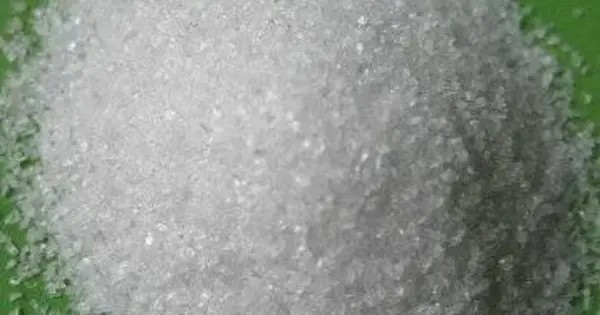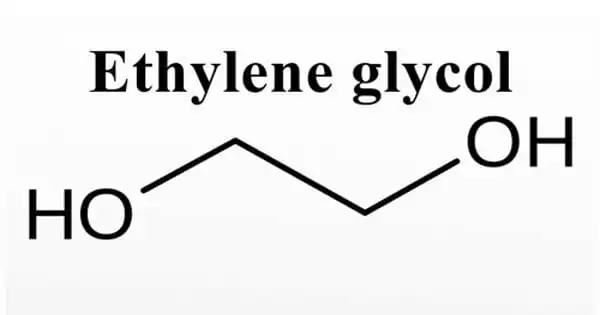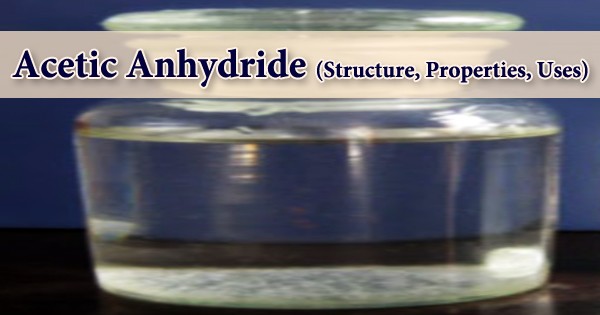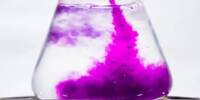Monopotassium phosphite (KH₂PO₃) is a water-soluble salt derived from phosphorous acid. It contains potassium and phosphite ions, making it valuable in agriculture as a foliar fertilizer and biostimulant. Unlike phosphate-based fertilizers, phosphites are more readily absorbed by plants and can help boost disease resistance, particularly against fungal pathogens like Phytophthora. Monopotassium phosphite is often used to enhance root development, improve nutrient uptake, and support plant vigor under stress. It’s typically applied as a liquid through foliar sprays or fertigation systems. Though not a traditional phosphorus source, it provides systemic protection and stimulates the plant’s natural defenses. It should be distinguished from phosphates due to its different chemical behavior and mode of action.
Monopotassium phosphite is an inorganic compound with the formula KH2PO3. A compositionally related compound has the formula H3PO3.2(KH2PO3). Both are white solids that consist of salts of the phosphite anion H2PO3−, the conjugate base of phosphorous acid. It is widely used in agriculture, particularly as a source of phosphorus and potassium in fertilizers and plant protection products.
Properties
- Chemical formula: H2KO3P
- Molar mass: 120.085 g·mol−1
- Appearance: white crystals
- Density: 2.14 g/cm3
- Solubility in water: 2200 g/L
- Solubility: soluble in ethanol
- pH (1% solution): Acidic (typically between 4–5)
- Melting point: Decomposes before melting
- Odor: Odorless
- Ionic composition: Contains potassium (K⁺) and phosphite (H₂PO₃⁻) ions
- Reactivity: Reducing agent; reacts with strong oxidizers
Natural Occurrence
- Monopotassium phosphite does not occur naturally in significant amounts.
- Phosphites in general are rare in nature and are mostly synthesized for commercial use.
Industrial and Agricultural Use
- Fertilizer: Supplies potassium (K) and phosphorus (P) in a plant-available form.
- Fungicide: Phosphites have systemic fungicidal properties, especially effective against oomycetes like Phytophthora and Pythium.
- Plant Growth Enhancer: Stimulates plant defense mechanisms and improves overall health.
Synthesis
Produced by neutralizing phosphorous acid (H₃PO₃) with potassium hydroxide (KOH):H3PO3+KOH→KH2PO3 +H2O
Applications
Phosphites of potassium are used as fungicides (in a loose sense) in agriculture to combat water mold infection. Confusingly, they have also been marketed as fertilizers to avoid a regulatory burden. While perfectly capable to supply potassium to the plant, the phosphorus in phosphite form is unavailable to plants, and may even inhibit the uptake of the normal phosphate form if used in excess.
Safety and Handling
- Toxicity: Low toxicity, but not meant for human or animal consumption.
- Handling: Use gloves and eye protection when handling concentrated forms.
- Storage: Store in a cool, dry place away from strong oxidizing agents.















